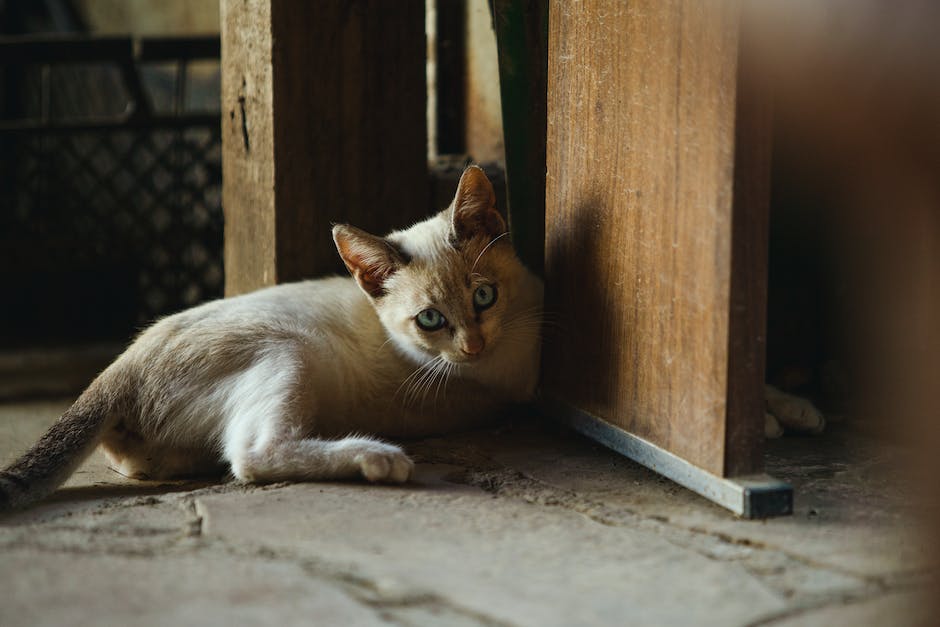Siamese cats are known for their intelligence, affectionate nature, and strong personality. They are very communicative and like to be involved in every aspect of their owner’s life. Siamese cats have a reputation for being highly trainable, which comes as no surprise considering their breeding history.
Originating from Siam, modern-day Thailand, these cats were often found in temples alongside monks. The monks would train the cats to be quiet and attentive, which was essential for their religious practices. This special bond between Siamese cats and humans has been passed down through the generations, making them naturally easy to train.
Historically, Siamese cats were also bred to be working cats, catching mice and providing companionship for sailors on long voyages. This extensive breeding has led to a breed that is highly adaptable and responsive to training.
Furthermore, the intelligence of Siamese cats means that they can quickly learn new commands and tricks, making training them a fun and rewarding experience for both the cat and owner.
Start Training Early: Tips for Kittenhood
The saying “you can’t teach an old dog new tricks” holds some truth, but the same cannot be said for Siamese kittens. Starting training at a young age can help your kitten develop good habits and a strong bond with their owner.
It is recommended to start training Siamese kittens as early as 6-8 weeks old. At this age, they are still impressionable and curious about the world around them. Begin with simple commands such as “come” and “sit” using positive reinforcement methods such as treats and praise. Consistency and patience in training are essential to developing good habits.
Aside from commands, training should also involve gentle handling and socialization. Siamese kittens should be exposed to different people, animals, and environments to ensure that they become well-adjusted adults.
Starting training early may seem challenging, but it helps lay a strong foundation for your kitten’s future. Remember to keep training sessions short and fun to avoid overstimulating a young kitten.

Positive Reinforcement Techniques for Long-Term Success
Positive reinforcement is the most effective training method for Siamese cats. Instead of punishing a cat for bad behavior, positive reinforcement rewards good behavior. It is a gentle and humane training technique that creates a positive association between the cat and their owner.
Rewards for good behavior can include treats, petting, and verbal praise. Remember to keep treats small and healthy to avoid overfeeding your cat. Consistency in training is crucial. Training should be short and focused using commands that your cat knows well.
It’s important to understand that positive reinforcement doesn’t produce immediate results. It requires patience and consistency to develop a strong bond between the owner and their cat. However, the long-term results are worth the effort. Positive reinforcement creates a well-behaved, affectionate, and loyal cat that loves to please its owner.
Building Trust and Affection through Playtime
Playtime is an essential part of bonding with your Siamese kitten. Playing allows the owner and kitten to interact, have fun, and build trust. Siamese cats are active and intelligent, and they require lots of physical and mental stimulation to remain healthy and happy.
Playtime doesn’t have to be complicated. You can use simple toys such as balls, feathers, or toy mice. Cats also enjoy playing with their owners using laser pointers or interactive toys that encourage movement. Playtime should be regular and consistent, and you should try to engage your kitten in daily playtime sessions.
Some Siamese cats may be more reserved than others, and it’s essential to respect their personalities. If your cat is shy or nervous, start with short play sessions and gradually increase the time as they become more comfortable. Always ensure that playtime is safe and supervised, and that you never force your kitten to play.
Playtime is a great opportunity to strengthen the bond between you and your Siamese kitten. It’s also a fantastic way to help them expend their energy, which can lead to a happier, healthier, and better-behaved cat.

Commands Every Siamese Should Know
Teaching your Siamese cat basic commands ensures that they stay safe and well-behaved. Here are some commands that every Siamese cat should know:
-
Come – This command is essential for calling your cat to you.
-
Sit – This command teaches your cat to sit down, which can be useful for preventing unwanted behavior, such as jumping up.
-
Stay – Teaching your cat to stay is vital for keeping them safe in potentially dangerous situations, such as crossing the road.
-
Leave it – This command teaches your cat not to touch or eat something that might be harmful to them.
-
Down – This command teaches your cat to lie down. It can be useful for calming your cat and preventing jumping or other unwanted behavior.
Remember to keep training sessions short and fun, and always use positive reinforcement methods.
Troubleshooting Common Training Challenges
Training a Siamese cat isn’t always easy, and there may be some challenges along the way. Here are some common training challenges and how to overcome them:
-
Resistance to training – If your Siamese cat is resistant to training, it may be because they are feeling stressed or anxious. Patience, consistency, and a calm approach to training can help overcome their resistance.
-
Lack of focus – Siamese cats are curious and easily distracted. Keep training sessions focused, and avoid training them when they are tired or hungry.
-
Jumping up – Jumping up is a common problem with Siamese cats. Teaching them to sit and stay can be helpful in preventing this behavior.
-
Scratching furniture – Scratching is a natural behavior for cats, but it can be frustrating when your cat damages furniture. Providing scratching posts and training them to use them can help.
-
Aggressive behavior – Siamese cats can be territorial and may display aggressive behavior. Consistent training and socialization from a young age can help prevent this behavior.
Remember, no two cats are the same, and it’s essential to tailor your training approach to your Siamese cat’s personality. With patience, consistency, and positive reinforcement, your Siamese cat will develop good habits and become a loving and well-behaved companion.

